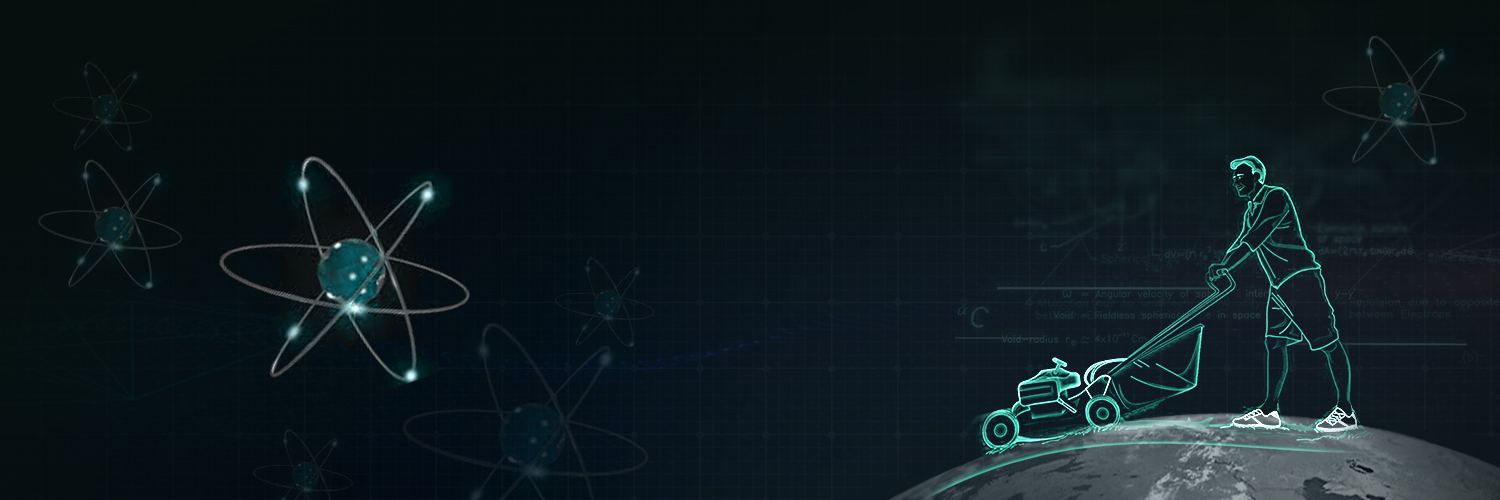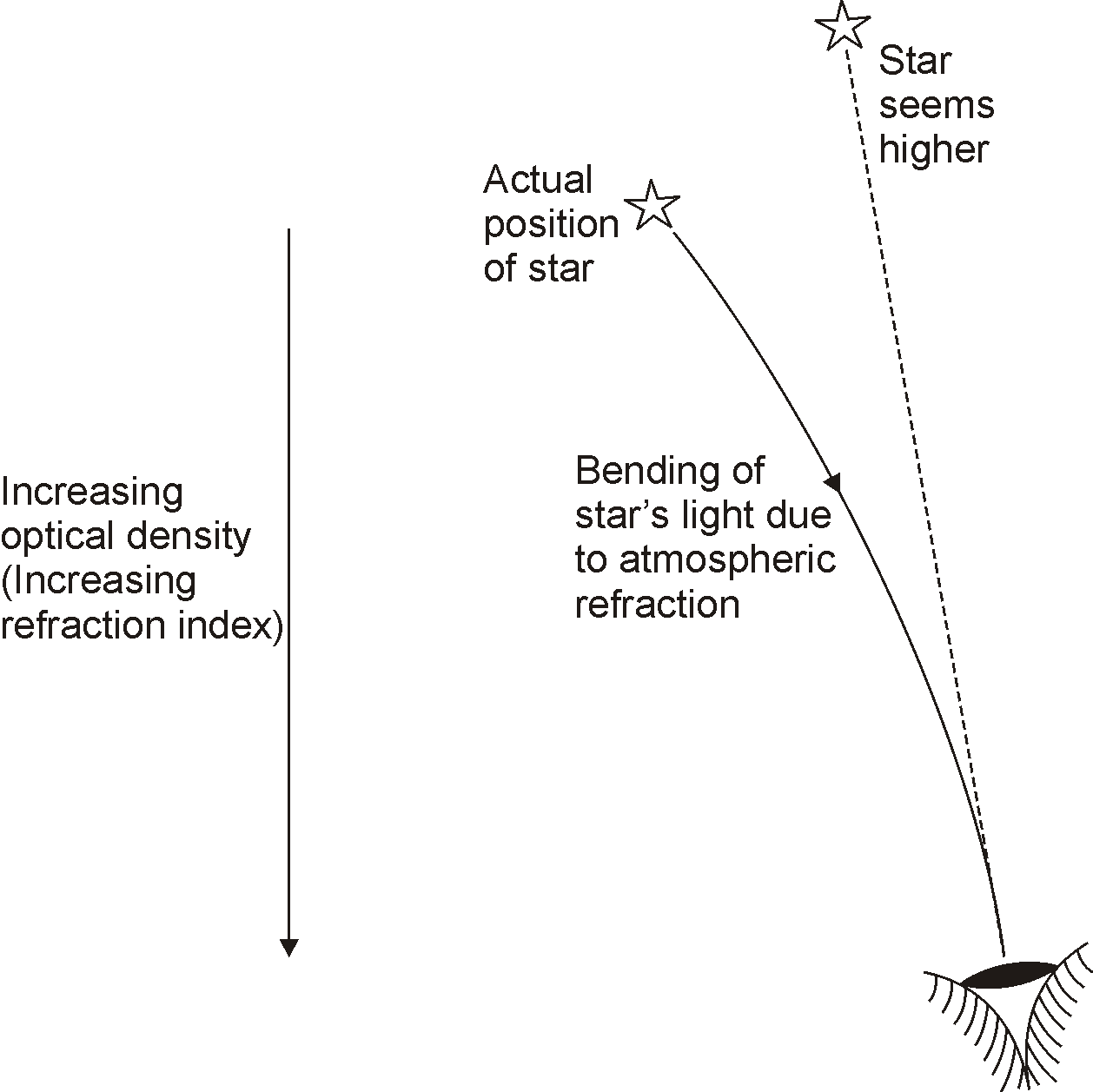
The stars that are overhead twinkle more than those seen on the horizon from a large empty field
This is because the stars overhead are nearer than those seen on the horizon and hence there are more layers of atmosphere in the horizontal direction, resulting in more series of refractions.
The planets do not show twinkling effect
As the planets are much closer to the earth, the amount of light received from them is much greater and the fluctuations caused in the amount of light due to atmospheric refraction are negligible as compared to the amount of light received from them.
